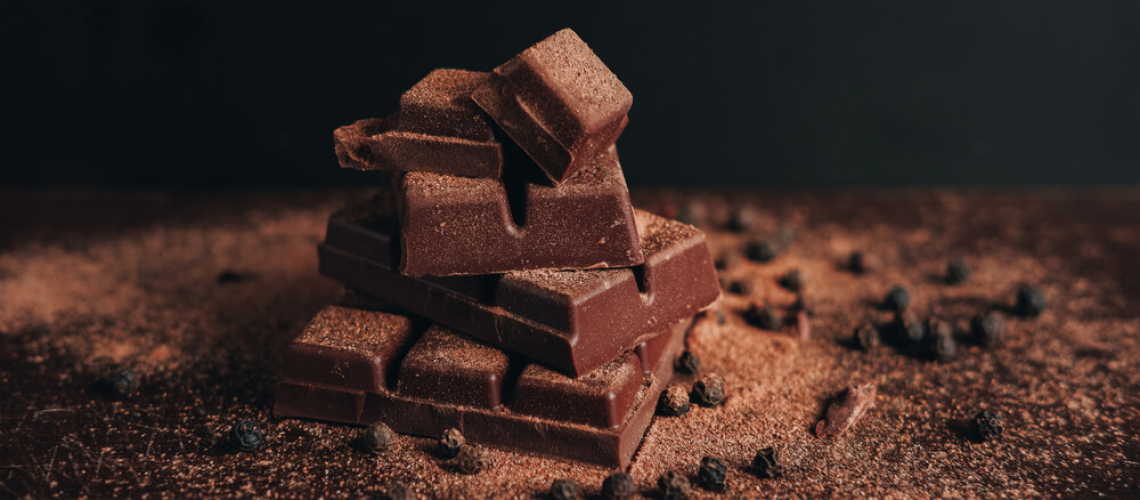
Chocolate, food product made from cocoa beans, consumed as candy and used to make beverages and to flavor or coat various confections and bakery products. Rich in carbohydrates, it is an excellent source of quick energy, and it also contains minute amounts of the stimulating alkaloids theobromine and caffeine.
History of chocolate
The cacao tree was cultivated more than 3,000 years ago by the Maya, Toltec, and Aztec peoples, who prepared a beverage from its fruit, the cocoa bean (sometimes using it as a ceremonial drink) and also used the bean as a currency. The Maya considered chocolate to be the food of the gods, held the cacao tree to be sacred, and even buried dignitaries with bowls of the substance (along with other items deemed useful in the afterlife). In fact, the identification of the (Olmec-originated) word ka-ka-w (“cacao”) inscribed on those containers was key to deciphering the Maya’s phonetic manner of writing.
Spain was the earliest European country to incorporate chocolate into its cuisine, but exactly how that happened is vague. It is known that Christopher Columbus took cocoa beans to Spain after his fourth voyage in 1502, though little was made of it at that time. It has been commonly thought (though there appears to be no evidence) that in 1519 Montezuma II, the Aztec ruler of Mexico, served a bitter cocoa-bean drink to the Spanish conquistador Hernán Cortés, who subsequently introduced the drink to Spain. A strong possibility is that chocolate first arrived in Spain in 1544 with representatives of the Kekchí Mayan people of Guatemala, who came bearing gifts (including chocolate) to visit the court of Prince Philip. However, it was not until 1585 that the first recorded shipment of cocoa beans arrived in Spain from Veracruz, Mexico. Sweetened and flavoured with cinnamon and vanilla, chocolate was served as a hot beverage and became quite popular in the Spanish court. It was many years before chocolate had its introduction to France, England, and beyond.
Chocolate is made from the kernels of fermented and roasted cocoa beans. The kernels are ground to form a pasty fluid chocolate liquor, which may be hardened in molds to form bitter (baking) chocolate, pressed to reduce the cocoa butter content and then pulverized to make cocoa powder, or mixed with sugar and additional cocoa butter to make sweet (eating) chocolate. The addition of dried or concentrated milk to sweet chocolate produces milk chocolate.
White chocolate, prized for its rich texture and delicate flavor, is technically not a chocolate. White chocolate is made from cocoa butter with added milk products, sugar, and flavorings such as vanilla.